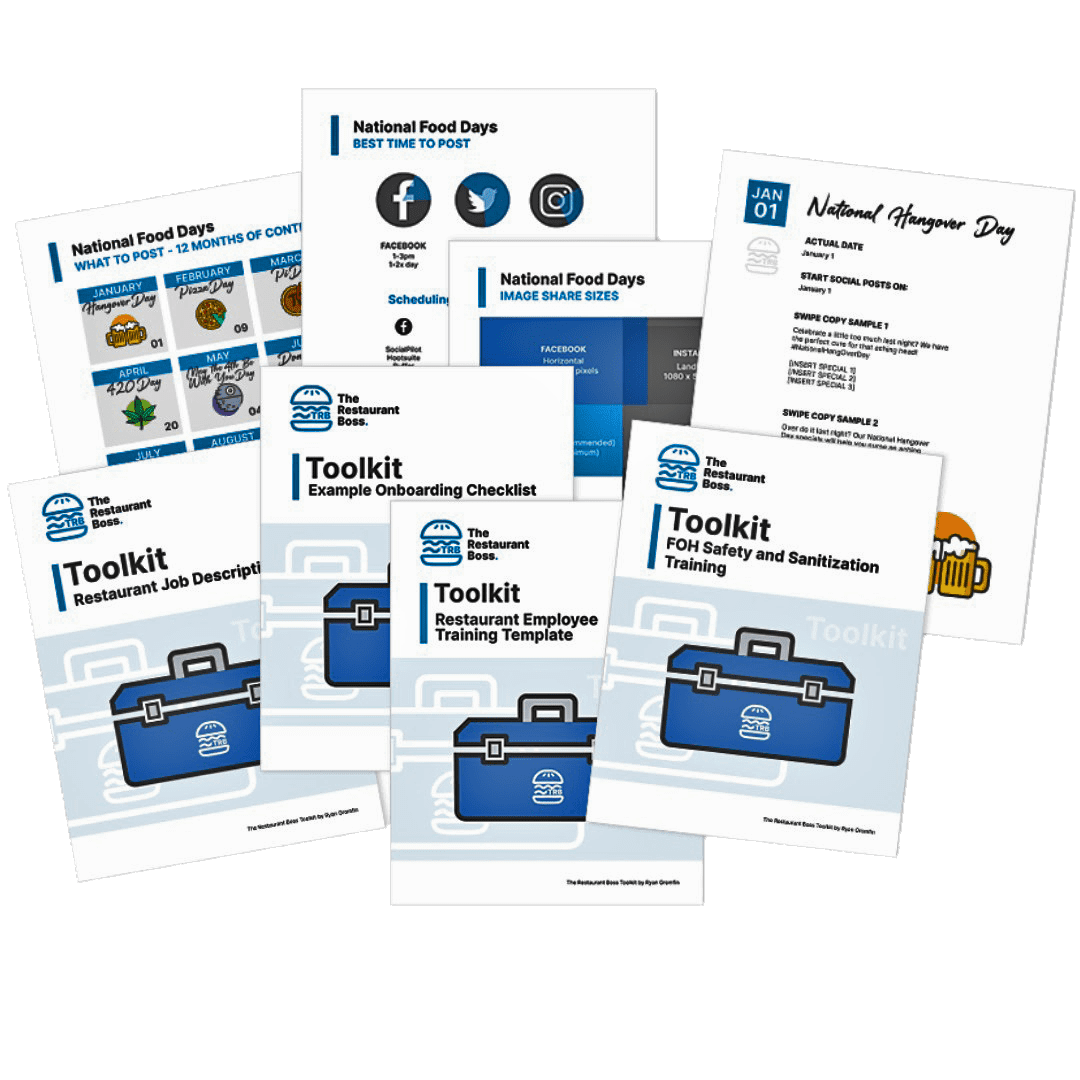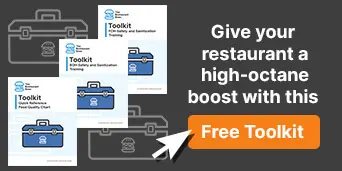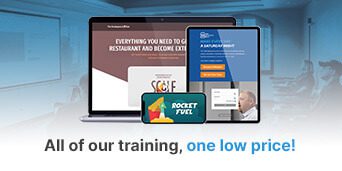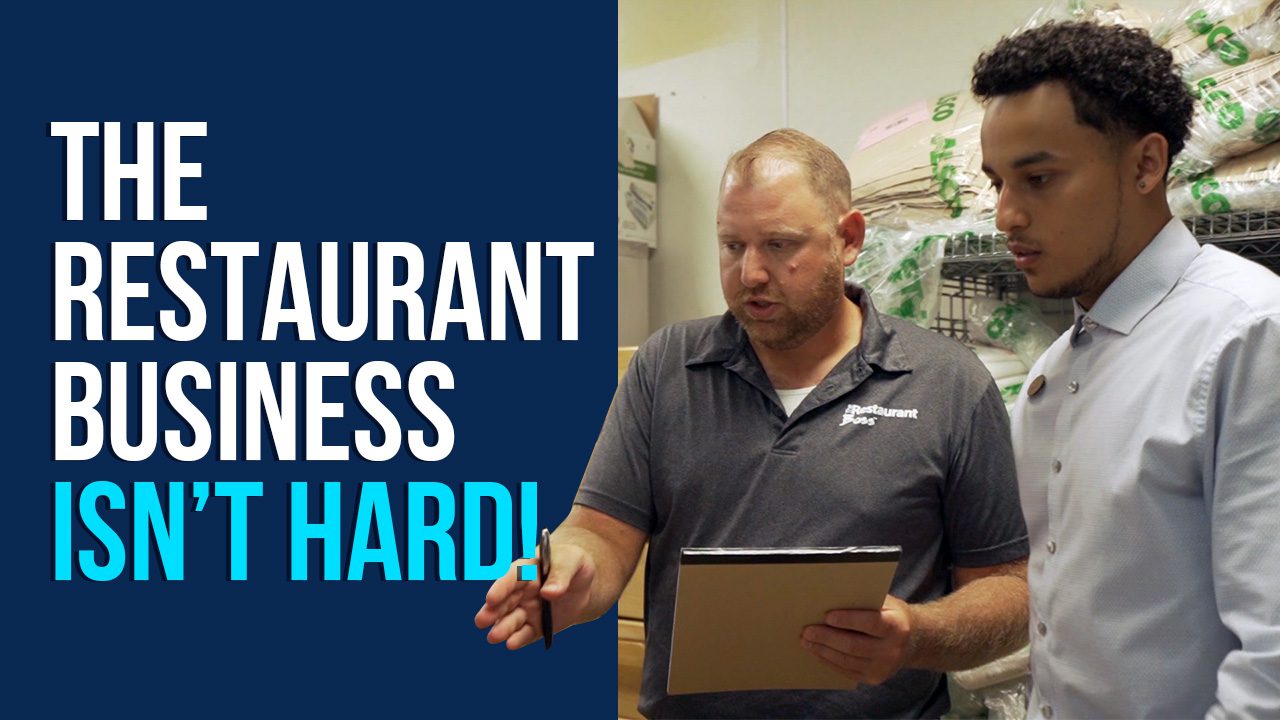Six Most Important Things You Need to Know About Your Restaurant Food Cost
Food Cost is one of the things that I get contacted the most about. Today, I am sharing my list of the 6 most important things to know about Food Cost. Watch now!
PODCAST
Read the Video Transcript by Clicking Here...
Introduction:
Food Cost is one of the things that I get contacted the most about. Over the years consulting restaurants, I’ve put together a list of the questions I get and the answers I give which I call “The six most important things that you should know about your restaurant Food Cost”.
The 6 important things to know about Food Cost:
- Item costing. It’s a very simple formula: the cost to produce an item divided by the selling price (Item Cost/Selling Price= Cost of Goods Sold/Food Cost). That’ll give you a decimal point, multiply that by a hundred to get your percentage.
I get a lot of questions from people who ask, “Where’s the best food cost calculator?”, “Do you have Excel spreadsheets for this?”, “How can I figure out the cost of my menu items?”. Honestly, here’s the answer I give: Just do it on a scratch piece of paper, it’s not that complex. Don’t excuse yourself not knowing the item cost of a menu item (or the percentage of a menu item) just because you couldn’t find the right calculator, spreadsheet or software. Just go to your invoices, figure out what it costs to put that item together, divide it by what you’re gonna sell it for and that’ll give you the item cost in a percentage – it’s that simple. - Period costing. It’s the Cost of Goods Sold over a period of a week, month, year, or quarter. It’s basically the same formula as Item Costing, but instead of using the Item Cost/Selling Price, we’re going to use Total Purchases for a certain period of time divided by the Total Sales for that same period (Total Purchases/Total Sales). What’s important here is that when you’re talking about Food Cost, you’re only taking food purchases divided by food sales, not total sales, but food sales.
Also, make sure things like whisks, spatulas and chemicals are not included in that because it’s food cost. If you wanted to do liquor cost, it would be liquor purchases divided by liquor sales. If you want to do wine cost it would be wine purchases divided by wine sales for a specific period of time. I know you’re thinking, “Wait there are problems here because of the days of the week, holidays and all these other things.” This is correct, and here is where it starts to get more complicated since people start to use Inventory Calculation to figure out Cost of Goods Sold or Food Cost within a month. Inventory Calculation is (Beginning Inventory + Purchases – Ending Inventory = Usage). Then you do (Usage/Sales) for the month to get the accurate Cost of Goods Sold of Food Cost for a period. I’m going to talk more about Inventory calculations and why also don’t teach Inventory to my clients in the future. - Simple method vs. Inventory method. I personally like the simple method(Purchases/Sales), but if you’re going to use the simple method, then use it for a longer period of time. One week or one month isn’t enough. You need to do this for a three month period or a six month period to counterbalance the waves in the month, days of the week, days of deliveries, etc. The method I prefer even more than Simple Method is a Rolling Method, where we use completed weeks. I prefer a 4-week rolling where we take the last four completed weeks with all that data and use that rather than ending midweek. If that’s a little too complex for you, I created software called clickBACON that does the work for you.
- No utilities and labor in Cost of Goods Sold calculations. We’re going to talk more about this in a future video about Prime Cost. Again, do not include labor and include utilities in this, these are directly related to your volume. Here’s what I mean by that: If you’re having a slow day or you are busy, your cost of goods sold should remain the same. Volume fixes a lot of things, but volume should not fix Costs of Goods Sold. When I get phone calls from people that say “Well, if we were just busier my Cost of Goods Sold would go down.” Wrong! Maybe marginally because of less waste and things like that, but don’t think volume is going to fix this, with labor it’s a different story. When it comes to Cost of Goods Sold, you should be able to manage it well enough that if you’re busy it should remain the same or get a little better. If business is slow it should remain the same, but should not get substantially better or worse with volume.
- Margin or cash contribution is more important than percentages. For example, if you have two items on your menu: One has a 25% food cost and one has a 50% food cost, it’s natural to think: “Well let’s sell more of the 25% food cost item”. But, if the 25% food cost item is a hamburger that you sell for $10 and the 50% food cost item is a steak that you sell for $20, then let’s think about this first. The 25% cost on the $10 dollar hamburger means that it costs you $2.50 to make that item which nets a profit of $7.50. The $20 steak with a 50% food cost will take $10 to produce but you’ll have a $10 profit on that item, which is more than the burger. What to take from this is that you shouldn’t make all of your decisions based on Costs of Goods Sold only, consider margin or cash contribution as well.
- I don’t know what your Food Cost should be. Even as an expert of the industry, that has consulted restaurants for over 10 years, operated restaurants and worked with hundreds of clients from all over the world, I cannot tell you what your food cost should be and anyone that does tell you is wrong. Sure there are industry averages, we’ve all heard that somewhere between 25-33% Food Cost is great. But I have clients with 50% food costs who are making a ton of money. I have clients with 21-22% food cost who are not making money. What I do know is your goal is to maintain it or make it better – that’s it.
Summing it up:
The first thing is to figure out what your Food Cost is for a period of time either for a rolling calculation or a long period of time (3 months, 6 months, etc.). If you’re going to do six months, then every month kick out an old month and add a new month. Then calculate and just make sure that it’s staying flat or getting better. Lower is better, but I don’t know what it should be. Don’t shoot for some target number that you randomly heard someone tell you.
I know this video is a little complicated and I packed a ton into this. Honestly, I could do an hour on each one of the bullet points, but I wanted to give you a brief overview of the most common things I hear about Food Cost. I look forward to bringing you another great video like this next week. Have a wonderful day!
Read More
Running a Restaurant Isn't Hard
The #1 complaint in restaurant management is poor employee performance. If you’re not following this simple 5-step plan to train your employees, you’re never going to get the results that you want from them …ㅤㅤㅤ
Busy Is Killing Your Restaurant
Are you busy? There are things you’re doing all day, every day in your restaurant and it’s those things that are going to put you out of business. There are 4 things you can do today to battle the busy inside your restaurant …
Follow For More:







